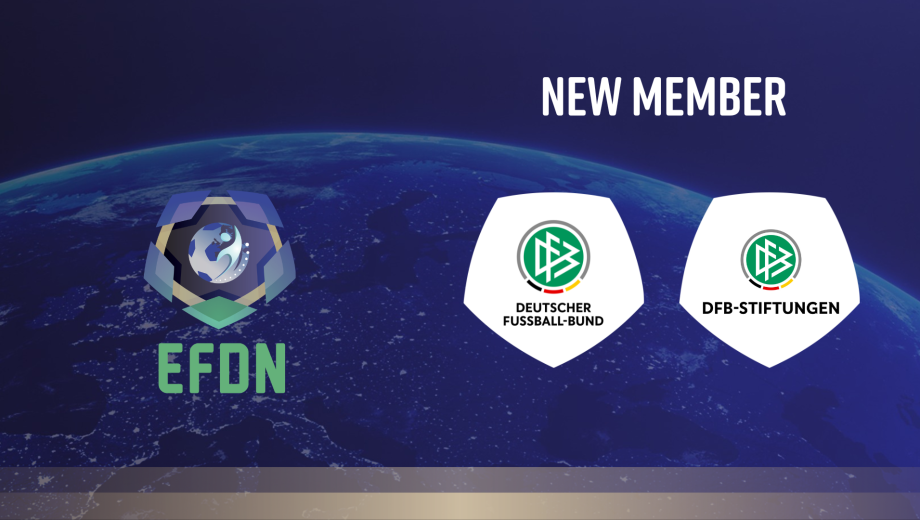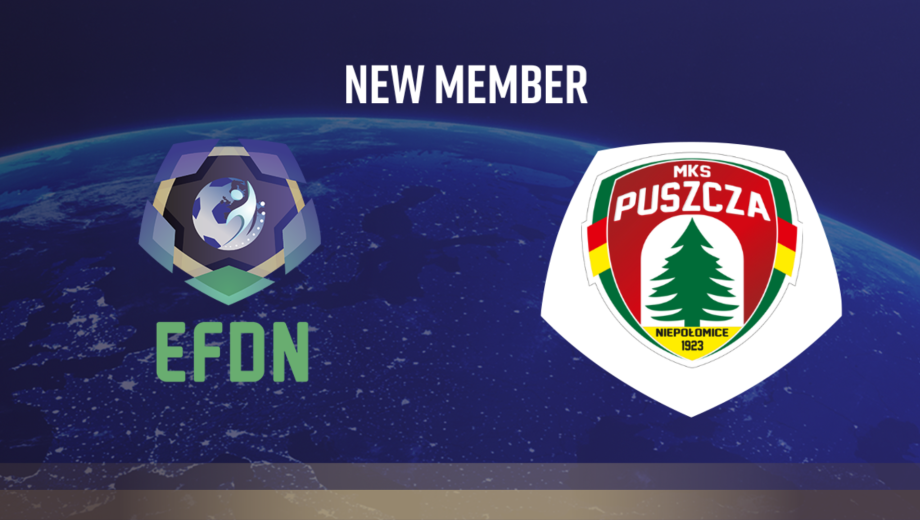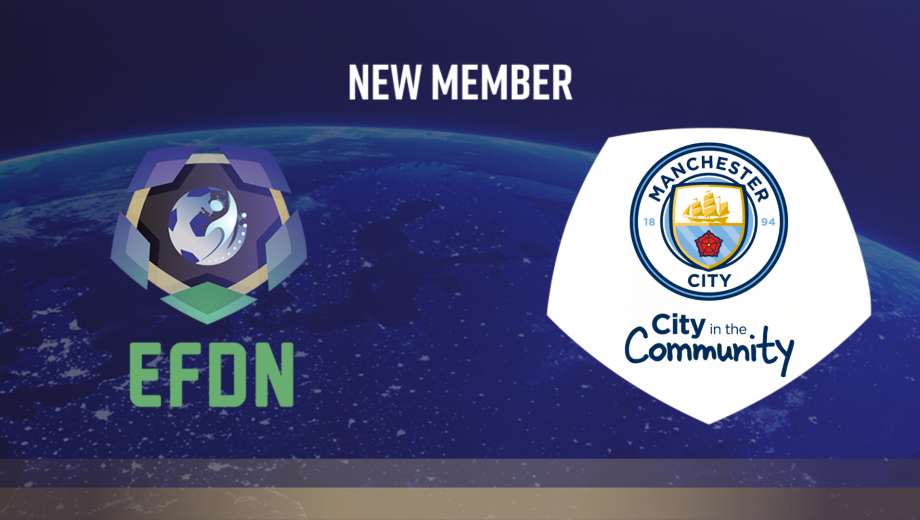Sport for development in 2025
Via the sportanddev.org platform, Richard Loat sheds light on the future of the sector, bringing attention to current obstacles.
2025 and the future of sport for development is not as far away as it seems. In fact, it’s frighteningly close when you stop to think about it. To begin to understand where we are heading it is probably best to ask ourselves what obstacles are in front of us today:
- Are we a stand-alone sector? Or are we a community within the broader development sector that already exists?
- What does systemic change look like? What do we want to move the needle on?
- Where can we innovate? What does innovation mean to sport for development?
There’s probably no better place to start than the constant search for sustainability. There have not been enough significant, new, funders to the sport for development community to sustain the growth at which organisations are forecasting. This means two things: The usual suspects, large sport for development organisations will continue to grow and with that growth they will cannibalise new, upstart, ambitious projects tackling niche-but-important issues in fringe communities. We cannot allow that to happen. We are already drifting dangerously towards sector group think.With unique partnerships organisations can embed their knowledge within larger development organisations leading to major development actors having in-house sport for development teams.
We do development. They do development. There’s no need to compete. We need to mainstream. A future where sport for development organisations shift from exclusive front line implementation to a model that also includes design consulting to in-house sport for development teams at global development actors.
It’s high time that we, as a community, lay down the major outcomes we want to achieve. Unlike the various themes we address – education, employment, etc. – sport isn’t a theme. It’s cross cutting. Therefore we as a community are spread thinly. Perhaps the Sustainable Development Goals are an opportunity for us to align to targets and contribute to a milestone achievement that quantitatively proves sport for development moved the needle on Issue X. The Rotary mission to eradicate polio is a perfect example of what can be done when we align and collaborate.
We operate largely within grant funding cycles which handcuff any true ability to innovate. Innovation rarely comes from within an organisation and many sport for development organisations are tailoring their work to bring in funding year-to-year. Collaborations that can enable us to white-label sector wide innovations could allow us to drive both sustainability and a strategy to exit.
Sport for development fluctuates between putting out fires and needs-based development and empowering assets-based development. Mainstreaming work through the development sector will unlock a longer financial runway for us to achieve shared development goals. Badging ourselves to outcomes that we share will finally give us a collective visibility which has been lacking. Innovating should allow us to stop putting out fires and evolve our delivery. The sport for development world has done a remarkable job of addressing needs but the work that is done does not have clear exit strategies that allow us to progress.
As a sector if we want to be further down the road than we are today, we need to ask ourselves what we are going to do differently tomorrow to get over the obstacles we face today.
This article was written by Richard Loat and retrieved from sportanddev.org.



